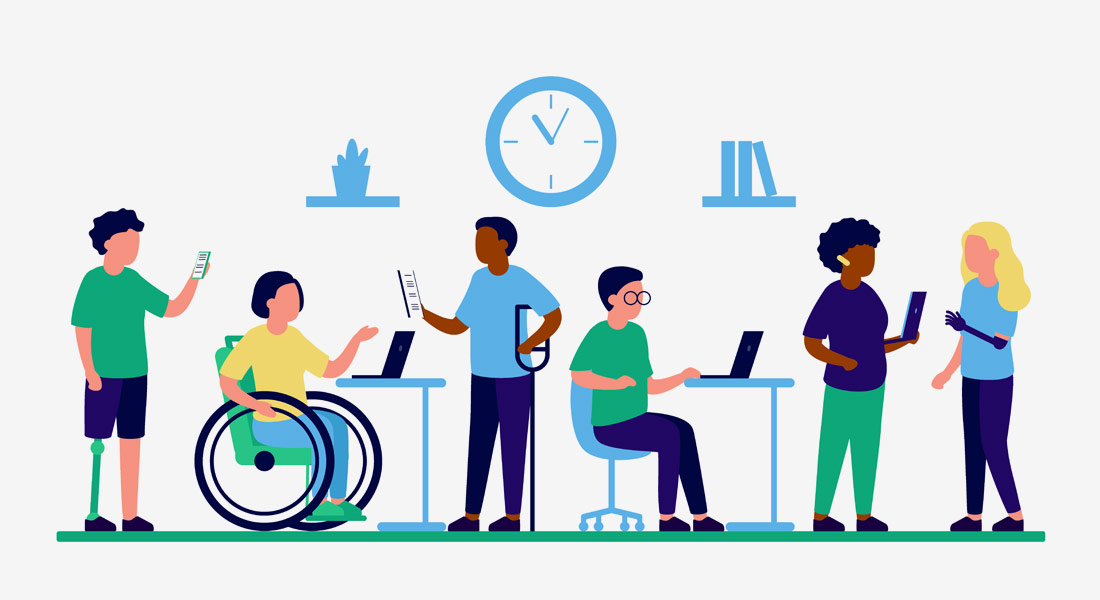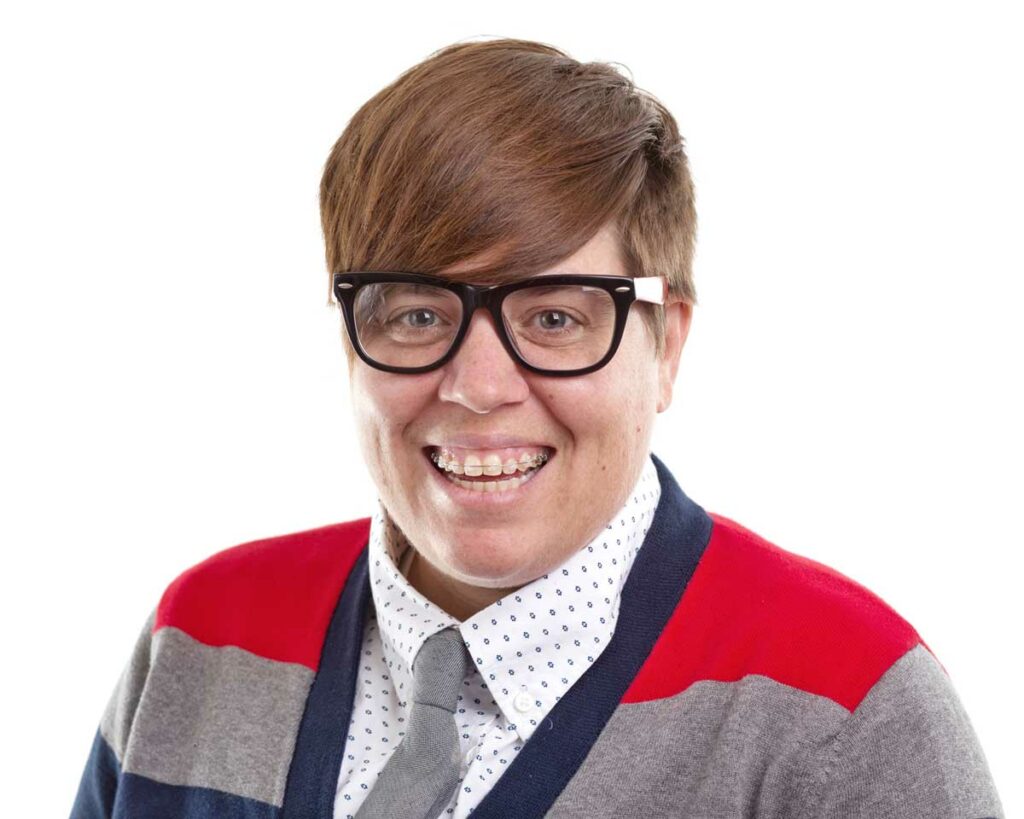How diverse is my Personal Learning Network (PLN)?
I believe my PLN is relatively diverse, but I am continually in the process of learning and expanding my PLN to improve upon this. I engage online and in-person with various organizations, resources, communities, etc. to diversify my views and portfolio, implement new routines, forge new relationships, and reciprocally collaborate with others.
This week, I focused on the teachings of Shelley Moore, a teacher, student, learner, and prominent advocate of inclusive education. By reading and listening to her influential dialogue through the resources listed below and her Youtube channel Five Moore Minutes, she has inspired me further diversify my PLN, challenge preconditioned notions, further adopt an open mindset, and most significantly learn about and promote inclusion – meanwhile encouraging others to do so as well!
Am I learning from a variety of diverse voices and am I expanding my understanding of the views of others? What is a learning outcome of my PLN and how am I ensuring my exposure to diversity and inclusion?
Social media has been an excellent tool to interact with others to develop both professionally and personally. However, there is more value from it than just interacting with others – I strive to build meaningful connections, by listening and responding, with people with diverse backgrounds, opinions, beliefs, and values to develop an informed understanding and global perspective. To do so, I must adopt an open mindset and be inclusive of others. Moore (2016) believes that everyone can contribute because of their diverse and unique expertise and strengths; although she relates this to classroom settings, it also applies to the ‘bigger picture‘ in society and is important to consider and incorporate into our everyday thoughts, actions, behaviours, and speech. She states:
“for decades we have been trying to take this “pattern” out of our students, taking the special out of special education, the autistic out of autism, the language out of cultures, and, especially, the Indigenous out of First Nations, Métis, and Inuit children. This is not teaching to diversity. This is not inclusive. Teaching to diversity and inclusion is where we value the characteristics that are diverse, and not try and homogenize them” (pg. 9).
In her book, she continues to then highlight 4 parts in debunking myths of inclusion:
- Inclusion is not just about students with special needs – inclusion means everyone. All diversities need to be considered and celebrated.
- Inclusion is not integration – inclusion is not forcing individuals into pre-existing containers.
- Inclusion is not about a time and place – inclusion is constructing spaces with purpose. Create inclusive settings for everyone.
- Inclusion is not a destination
We need to be that change we want to see – and in this instance, according to Moore (2016), it is to promote inclusion. A metaphor that really resonated with me in the discussion by Miller and Moore (2021) is paraphrased and summarized as follows:
‘People are separated from polarization in dialogue, and the reason why people are so polarized is because when they have been at the table long enough, they don’t rearrange or make the table bigger to add extra seats, but rather build a fence. Don’t build a fence; build the table bigger to accommodate and include others.‘
By reading and learning through my PLN, I’m developing a network that allows me to be authentic, collaborate, be inclusive, discover myself, and engage in a community while learning. Like Moore said in Miller and Moore (2021), I similarly didn’t recognize the value until I contributed in a meaningful way. I have shifted my thinking from not only what can these people offer me, but what can I offer them in a ‘symbiotic way’. Learning is continuous; there is always more to learn, more people to learn from, and more people to help, so I must hold myself accountable on my learning journey!
Resources
Miller, J., & Moore, S. (2021). EDCI 338 – 20 Minutes Moore. Youtube. https://www.youtube.com/watch?v=KeSV0rUl1bA&ab_channel=MILLER
Moore, S. (2016). One Without the Other: Stories of Unity Through Diversity and Inclusion, Portage & Main Press, Introduction and Part 1. ProQuest Ebook Central, https://ebookcentral.proquest.com/lib/uvic/detail.action?docID=4832579.


beckyzeng
Hi Kirsten,
I really liked your answer about how diverse your PLN is. It seems Canada being such a multicultural place is if not the best one of the best places to learn about diversity and inclusion. Did you come across any scenarios where you felt you were not included? I do believe everyone belongs as long as they share the same similarities no matter how diverse they are, they can get along. Your post is extremely detailed and organized. Very good read.
Thanks,
Becky Zeng.